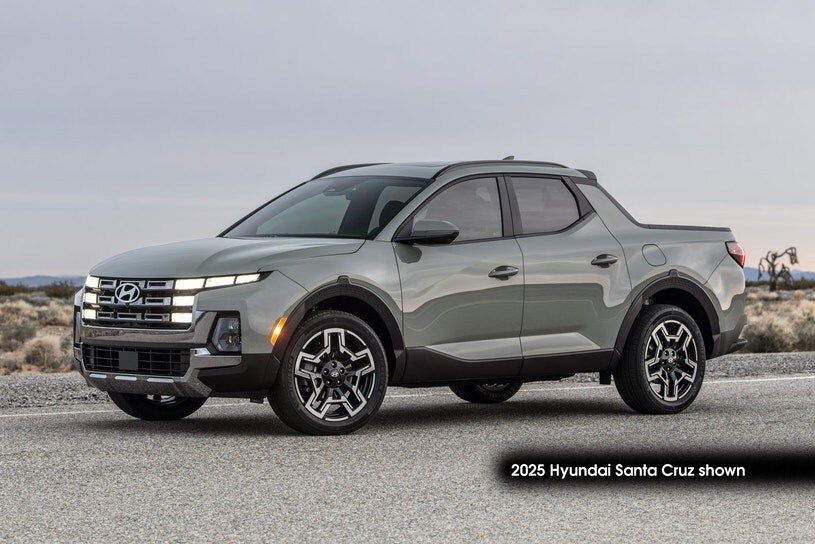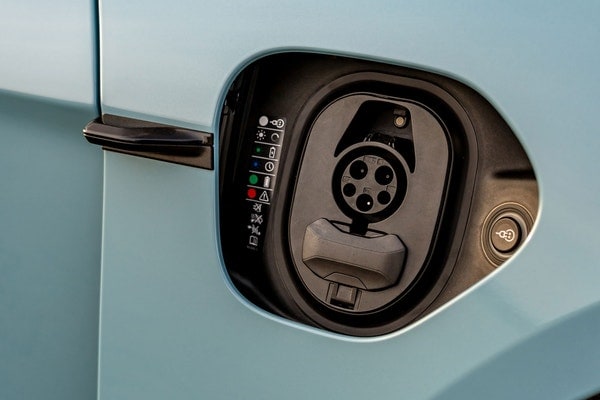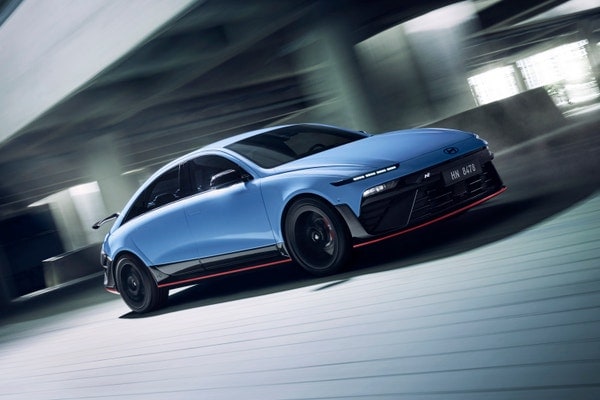From its daring designs to an impressive lineup of electric vehicles, it's obvious that Hyundai isn't afraid of trying something new. From this refreshing "why not?" mindset has spawned the Santa Cruz, a "sport adventure vehicle" that blurs the line between truck and SUV. The front half of the vehicle shares much in common with the Hyundai Tucson compact SUV. But once you get a look behind those rear seats, you'll find a short bed with some cargo flexibility that makes the Santa Cruz a great companion for weekend getaways.
Edmunds spotlight: Getting off the beaten path
If your plans with the Santa Cruz include exploration beyond where paved roads end, the XRT model might be the one for you. The XRT slides in just below the line-topping Limited and adds off-road-oriented touches. These include 18-inch wheels wrapped in all-terrain tires, front tow hooks, and a standard surround-view camera system to see what's around you on the trail. It also gets its own bumpers and grille that look much more rugged than the standard vehicle. The Santa Cruz's low payload rating (around 1,400 pounds) is unlikely to change, but neither is the towing capacity, which should remain at a more useful 5,000 pounds.
Competitors to consider
The group of car-based pickups is a tiny one, and the Santa Cruz has just two primary competitors: the similarly sized Ford Maverick and the larger Honda Ridgeline. The Maverick offers slightly more payload and less towing capacity than the Hyundai, but its calling card is its available hybrid powertrain; we hope Hyundai takes a cue from the success of the Maverick hybrid and offers one of its own soon. The Honda Ridgeline is more expensive and a step up in size, competing against midsize trucks. It has a larger bed with excellent storage under the floor and a roomy interior of its own.




